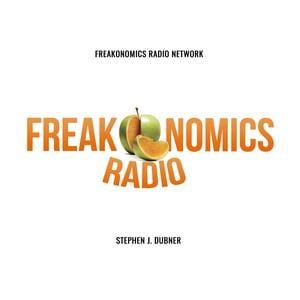
In this episode of “The Tim Ferris Show,” Tim Ferris sits down with Dr. Shirley Sahrmann, a legendary physical therapist, to discuss low back pain, movement as medicine, and the importance of understanding anatomy. Dr. Sahrmann shares her expertise and insights into how to unlearn painful movement patterns and alleviate back pain. This conversation provides valuable information for anyone looking to improve their physical health and well-being.
Low back pain is a common symptom experienced by many individuals. However, it is important to recognize that low back pain is not a diagnosis in itself but rather a symptom of an underlying issue. Dr. Sahrmann emphasizes the significance of learning the basics of anatomy and medical terminology to better understand the complexities of the human body. She highlights the role of the PSOAS major muscle in contributing to lower back pain and the impact of stenosis, an abnormal narrowing of the spinal canal, on nerve compression and lumbar spine discomfort.
Dr. Sahrmann’s book, “Diagnosis and Treatment of Movement Impairment Syndromes,” challenges the traditional approach of treating symptoms rather than addressing the root causes of musculoskeletal problems. By identifying the specific movement patterns that consistently lead to low back pain, individuals can reduce or eliminate their symptoms. She emphasizes the importance of understanding the impact of everyday activities on our bodies and making necessary changes to alleviate back pain.
Dr. Sahrmann emphasizes the importance of proper movement patterns and strengthening specific muscles to alleviate back pain. Quadruped exercises, such as rocking back and forth, can help change the curves in the back and buttocks, improving alignment and reducing pain. Additionally, targeted exercises for muscles like the serratus anterior, rhomboids, and middle trapezius can correct downward sloping shoulders, a common issue that can lead to neck pain and incorrect shoulder joint motion.
Movement is not just a physical activity but a critical system within our bodies, similar to the immune or metabolic systems. Dr. Sahrmann emphasizes that lack of movement can lead to various health issues, including the metabolic syndrome. Teaching people how to move correctly requires active participation and effort on their part. Furthermore, engaging in physical activity and making lifestyle choices that prioritize movement can have a positive impact on preventing conditions like dementia.
Physical therapists take a holistic approach, considering the entire body rather than focusing on isolated parts. They tailor exercise programs to meet individual needs, accounting for variations in body structure and function. Dr. Sahrmann stresses the importance of addressing physical disabilities early on, providing discipline and guidance to improve quality of life. Understanding one’s natural posture and addressing abdominal stiffness through specific exercises can also lead to improvements in alignment and overall well-being.
Dr. Shirley Sahrmann’s expertise in physical therapy and movement science provides valuable insights into understanding and addressing low back pain. By focusing on the root causes of musculoskeletal issues, correcting movement patterns, and strengthening specific muscles, individuals can alleviate pain and improve their overall physical health. Embracing movement as medicine and making conscious lifestyle choices can have a profound impact on well-being. By working with physical therapists and adopting personalized treatment plans, individuals can optimize their movement and enhance their quality of life.